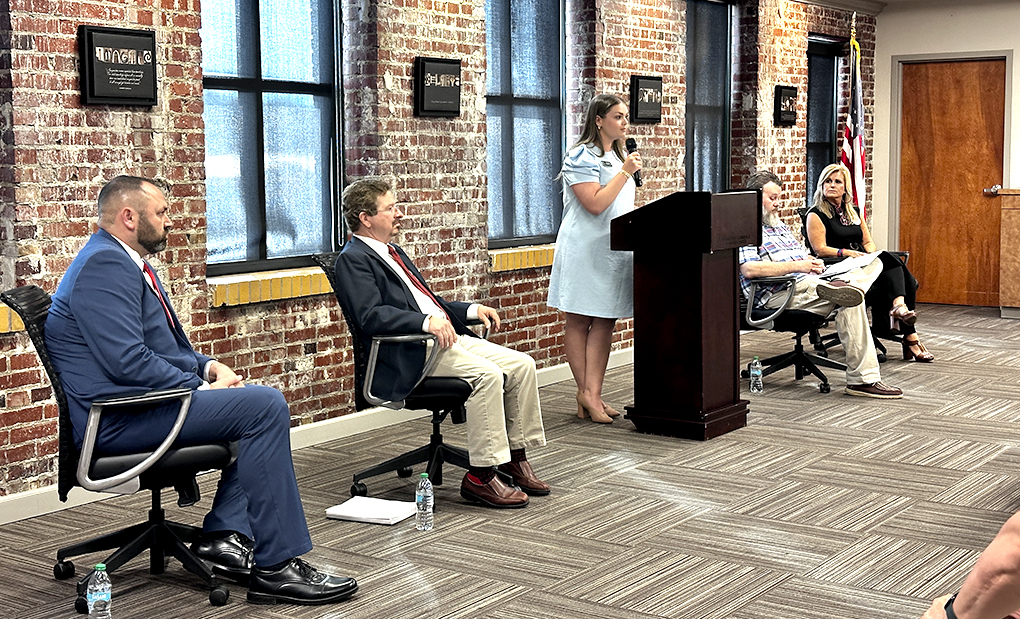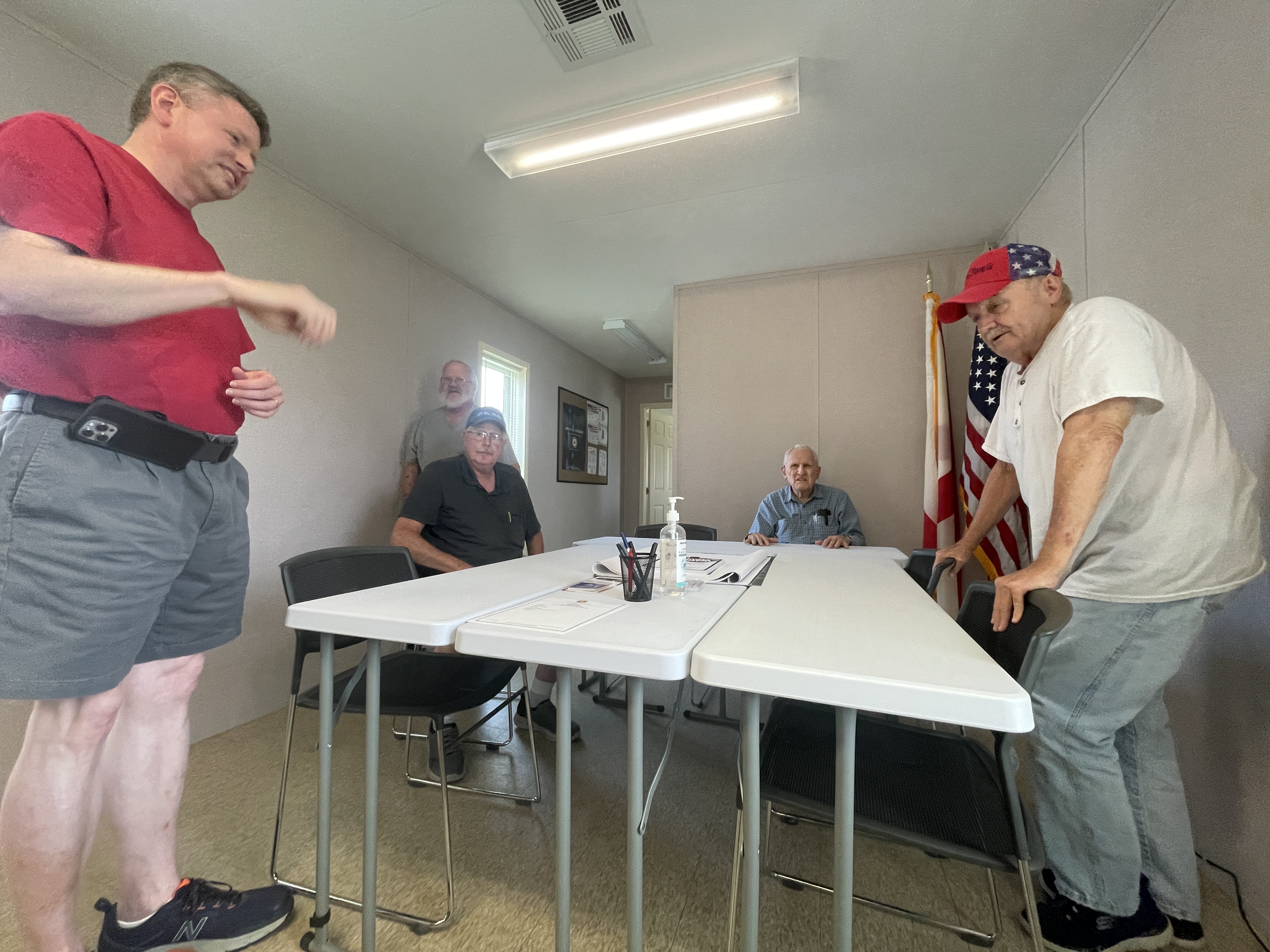Action finally taken on dangerous highway
Published 9:16 pm Wednesday, December 21, 2005
The resurfacing of a 1.3-mile section of U.S. Highway 278 West in the vicinity of the Kugler Creek Bridge, deemed one of the deadliest stretches of highway in Cullman County, was voted by The Cullman Times staff as the No. 10 top story in 2005.
The $636,281 resurfacing project, which was completed in October, is expected to improve traction along a area of U.S. Highway 278 West that has seen 13 traffic fatalities in the past five years.
The project extends from just east of Spring Hill to one mile west of Baldwin. In addition to resurfacing, the project included traffic striping, milling of the existing asphalt and installation of new flashing beacons east of the bridge near Missionary Grove Road.
Poultry haulers, log and lumber trucks, mobile home haulers and occasionally passenger vehicles have met their demise in the sharp curves on either side of the narrow two-lane bridge, which was originally built back in the 1930s.
While posting a caution light, warning signs and a 35 mile per hour speed limit for large trucks on the hill east of the bridge have helped reduce the number of accidents in recent years, they still occur and often with devastating results.
Members of Cullman County’s legislative delegation were among a number of local and state officials who personally visited the Kugler Creek area of Highway 278 in February.
As a result of that visit, highway department officials authorized the resurfacing of the roadway as a “short-term” approach to correcting the problems along that stretch of highway.
The resurfacing involved the application of a tight course material overlaid with about three-quarters of an inch of open-grade friction course wearing surface, or OGFC for short. It’s a very porous surface which allows surface water to permeate down to the lower level and drain off the roadway without a lot of surface contact.
The OGFC surface, an asphalt blend which consists of more uniform-sized stone, reportedly reduces the amount of water that comes into contact with a vehicle’s tires because there is less water on the road surface itself.
According to officials with the Alabama Department of Transportation, this new anti-skid surface is smoother and because it’s an open-grated surface, it will help get water off the road faster.
“Less water will mean better traction, which many people feel has been a contributing factor to the number of serious accidents along that stretch of highway in past years,” said Johnny Harris, First District engineer with ALDOT’s Guntersville office.
In the meantime, work is continuing on designing and planning the highway realignment and bridge widening phases of the project, which is expected to cost $9 million to $12 million, depending on right of way costs.
Funding has been provided for the preliminary design and plan development. Harris said the state should be ready to proceed with right of way acquisition by late 2006 or early 2007.
The fact that the resurfacing phase of the project has been bid is some consolation to local officials and citizens who have attempted for years to get improvements made to arguably one of the most dangerous sections of highway in Cullman County.
“It’s not a permanent fix, but hopefully it will save lives and that’s the most important thing,” said Buddy Carden, chief of the Bethsadia Volunteer Fire Department and an outspoken advocate for rerouting that section of Highway 278.
Rep. Neal Morrison, D-Cullman, said the resurfacing is the first of many stages that will be needed to accomplish the long-range goal of eventually straightening out the curve and constructing a new, wider bridge.
“What these improvements demonstrate is what can be accomplished when people sit down together with a common goal in mind,” Morrison said.





